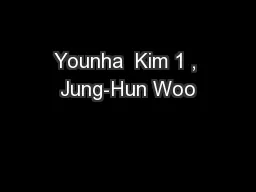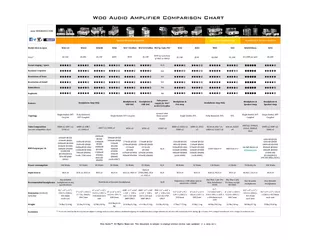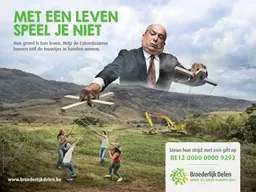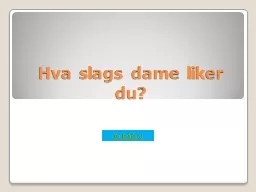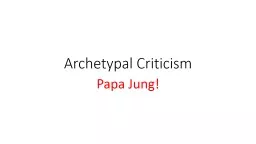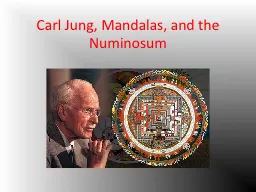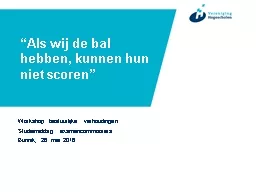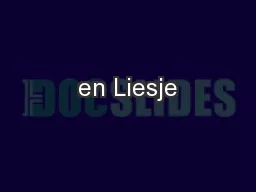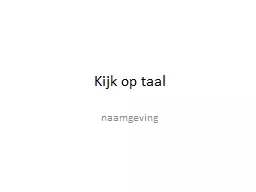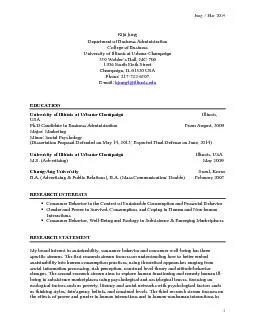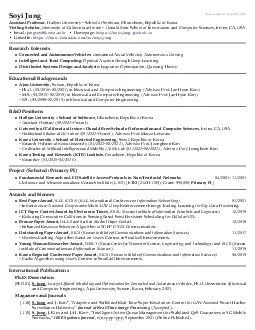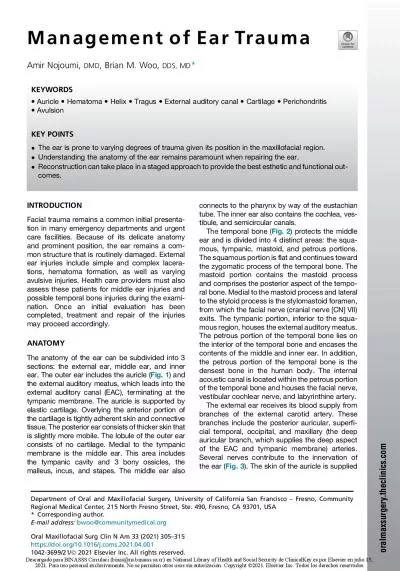PPT-Younha Kim 1 , Jung-Hun Woo
Author : myesha-ticknor | Published Date : 2018-12-21
1 Bok Haeng Baek 2 Jinseok Kim 1 Jinsu Kim 1 Youjung Jang 1 Minwoo Park 1 Yungyeong Choi 1 Eunji Lee 1 Hyunjin Park 1 Development of an Integrated
Presentation Embed Code
Download Presentation
Download Presentation The PPT/PDF document "Younha Kim 1 , Jung-Hun Woo" is the property of its rightful owner. Permission is granted to download and print the materials on this website for personal, non-commercial use only, and to display it on your personal computer provided you do not modify the materials and that you retain all copyright notices contained in the materials. By downloading content from our website, you accept the terms of this agreement.
Younha Kim 1 , Jung-Hun Woo: Transcript
Download Rules Of Document
"Younha Kim 1 , Jung-Hun Woo"The content belongs to its owner. You may download and print it for personal use, without modification, and keep all copyright notices. By downloading, you agree to these terms.
Related Documents

